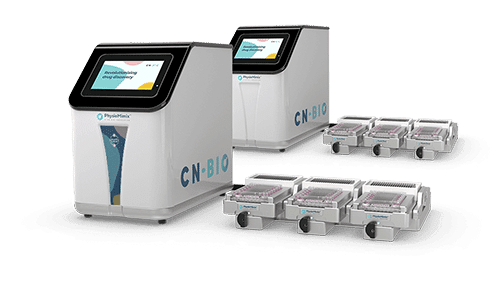Resource > Scientific publications >
A Microphysiological System for Studying Non-alcoholic Steatohepatitis
Filed under: Disease modeling and NAFLD/NASH

Kostrzewski et al., 2019
Nonalcoholic steatohepatitis (NASH) is the most severe form of Non-Alcoholic Fatty Liver Disease (NAFLD), which to date has no approved drug treatments. There is an urgent need for better understanding of the genetic and molecular pathways that underlie NAFLD/NASH, and currently available preclinical models, be they in vivo or in vitro, do not fully represent key aspects of the human disease state. We have developed a human in vitro co-culture NASH model using primary human hepatocytes, Kupffer cells and hepatic stellate cells, which are cultured together as microtissues in a perfused three-dimensional microphysiological system (MPS). The microtissues were cultured in medium containing free fatty acids for at least 2 weeks, to induce a NASH-like phenotype. The co-culture microtissues within the MPS display a NASH-like phenotype, showing key features of the disease including hepatic fat accumulation, the production of an inflammatory milieu, and the expression of profibrotic markers. Addition of lipopolysaccharide resulted in a more pro-inflammatory milieu. In the model, obeticholic acid ameliorated the NASH phenotype. Microtissues were formed from both wild-type and patatin-like phospholipase domain containing 3 (PNPLA3) I148M mutant hepatic stellate cells. Stellate cells carrying the mutation enhanced the overall disease state of the model and in particular produced a more pro-inflammatory milieu. Conclusion: The MPS model displays a phenotype akin to advanced NAFLD or NASH and has utility as a tool for exploring mechanisms underlying the disease. Furthermore, we demonstrate that in co-culture the PNPLA3 I148M mutation alone can cause hepatic stellate cells to enhance the overall NASH disease phenotype.

